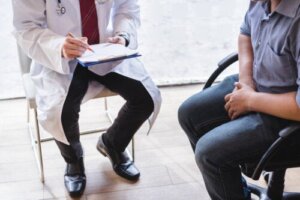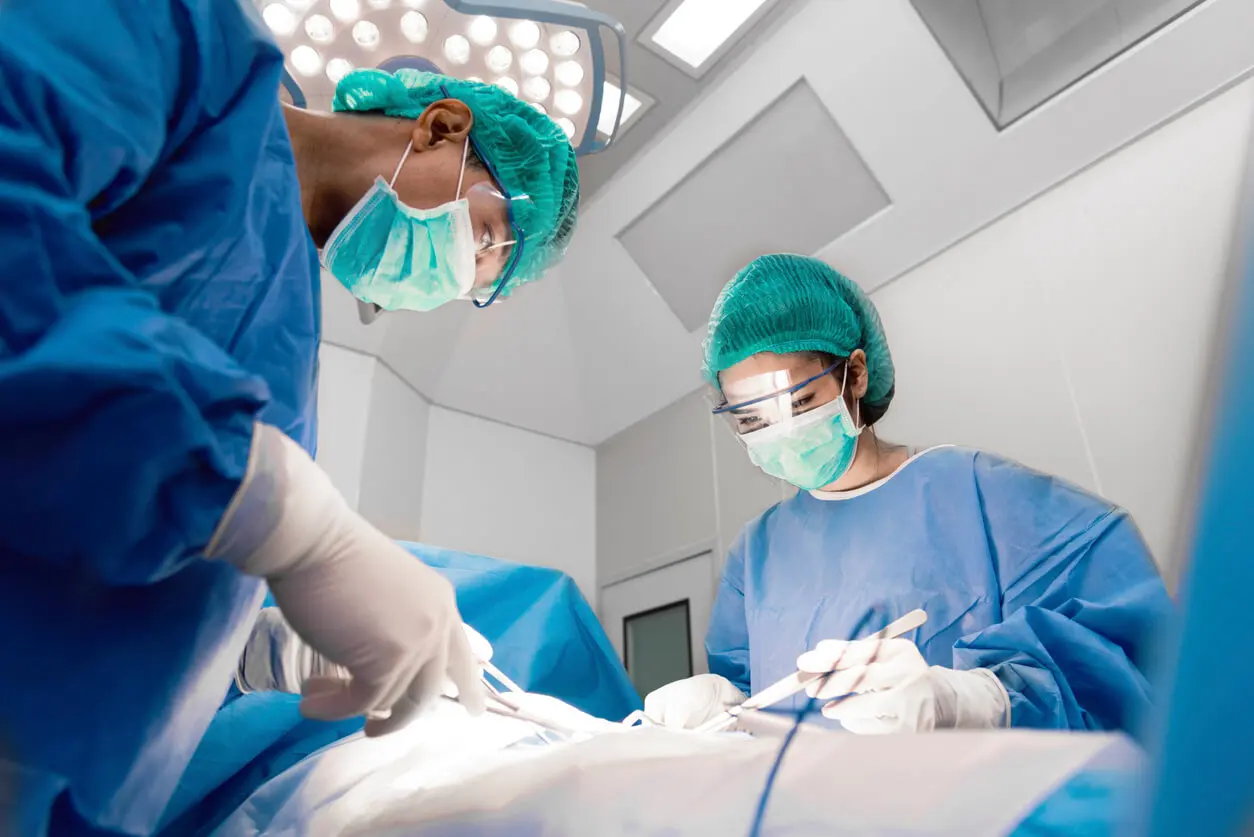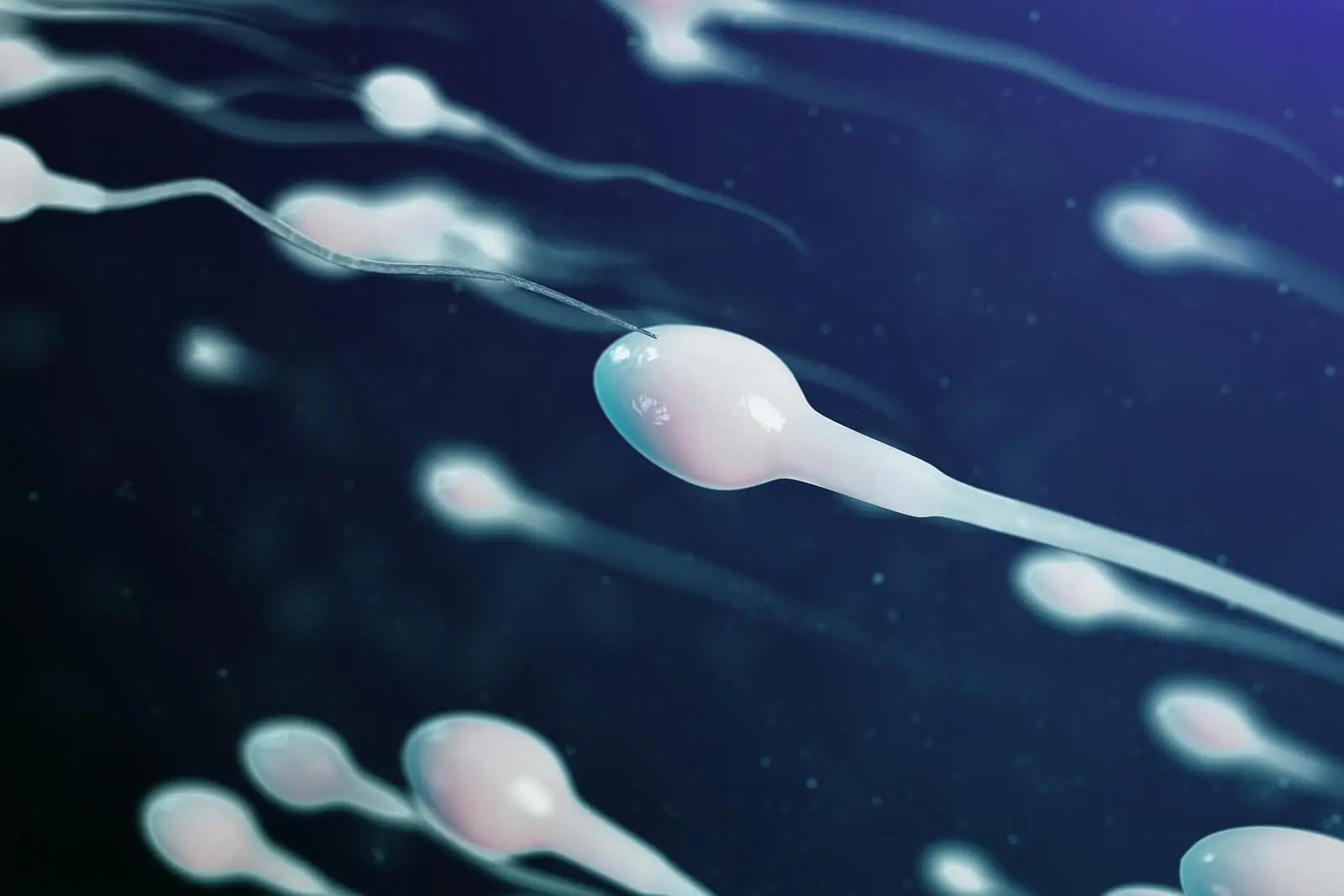Testicular Lumps: Causes and Treatments


Written and verified by the doctor Maryel Alvarado Nieto
There are conditions in which a mass may appear in the testicular region, or there’s an increase in the volume of the scrotal sac. These findings are referred to in popular terminology as “testicular lumps.” However, the medical nomenclature varies depending on the type of lump found.
There are many different causes of these lumps, so a thorough assessment of the patient is necessary. In general, establishing an early and accurate diagnosis is the main objective of the consultation.
Due to the variability of pathologies that can trigger changes in the scrotal region, it’s important to know the most frequent ones. We’ll tell you about them in this article.
1. Acute scrotum as a cause of testicular lumps
The onset of testicular pain that sets in quickly is known as acute scrotum. In addition to pain, this clinical picture is accompanied by swelling, warmth, and redness of the scrotal area.
Although there are different causes, the patient’s evaluation should be carried out with utmost diligence. In cases of testicular torsion, surgical treatment should be immediate.
The swelling may involve the entire scrotal sac, affect only one side of the scrotal sac, or even simulate several small balls in the testicles. The patient’s age should also be taken into account, since it can guide the diagnosis. Similarly, the characteristics of the symptoms are essential to confirm or rule out an urgent surgical exploration.
Testicular torsion
Testicular torsion is a condition in which the spermatic cord turns in on itself, blocking the blood flow of the gonad. Depending on the degree of torsion and the time of evolution, the viability of the testicle is compromised, constituting a true surgical emergency.
For this reason, it’s the first diagnosis to be ruled out in the acute scrotum. In fact, it represents the third most common cause of lumps in this area of the body.
The most common age of onset is during puberty, but it can affect men of any age group. Another group with a high vulnerability is newborns. They should be suspected in a baby who becomes irritable and whose physical examination shows an increase in scrotal volume.
In contrast, at other ages, symptoms include the following:
- General malaise
- Nausea and vomiting
- Testicular redness
- Intense pain of sudden onset
- Increased volume of the scrotal sac
Treatment is surgical. The torsion is reduced, and the testicle is fixed to the scrotum to prevent a recurrence.
Similarly, it’s advisable for doctors to fix the contralateral testicle as well. On the other hand, due to the high risk of necrosis of the gonad, surgical exploration at entry is recommended. For them, complementary studies such as testicular ultrasound should be omitted.

Acute epididymitis
This is the most frequent cause of acute scrotum in adults and the second in pediatric age. An inflammatory process of the epididymis occurs, which is usually associated secondarily with an infection of the genital tract.
The microorganism involved depends on the origin of the infection. Sexually transmitted infections (STIs) are the main cause of acute epididymitis in sexually active men.
Symptoms include testicular pain that appears progressively and increased scrotal volume, which affects the same side of the gonad. In addition, if the origin of the infection is the urinary tract, discomfort when urinating is frequent.
For this reason, it’s important to request a urine analysis. Treatment includes rest and analgesia, but antibiotic therapy should also be prescribed.
Torsion of the testicular appendages: Small balls in the testicles seen by the parents
The most frequent cause of acute scrotum in the child is torsion of the testicular appendages. This clinical entity involves structures present in the upper pole of the testicle.
This leads to the onset of pain, either abruptly or gradually, which is not usually associated with other symptoms (nausea or vomiting). Similarly, some degree of swelling of the scrotum may be evident.
Parental reference to seeing small balls in the testicles is based on the visualization of the so-called “blue dots.” This sign is characteristic of torsion of the testicular appendages, but its absence doesn’t rule out the diagnosis.
Management is with rest and anti-inflammatory analgesia for 7 to 10 days. It’s considered a benign entity that improves progressively.
2. Hydrocele
The accumulation of fluid between the layers of the scrotal bursa is referred to as hydrocele. It can be congenital or acquired. In the first case, the accumulation is secondary to a defect in the closure of the processes involved in the descent of the testes from the abdominal cavity in intrauterine life.
Congenital hydrocele affects newborns, who present an increase in scrotal volume. Expectant management is indicated during the first year of life, since the resolution is usually spontaneous.
In contrast, in acquired hydrocele, the mechanism involved is an imbalance between fluid production and reabsorption. The associated causes are diverse; most cases are idiopathic.
Physical examination should include the use of transillumination to ascertain the presence of clear fluid. Management is surgical, although expectant management can be maintained in mild cases.
3. Varicocele
Dilatation of the pampiniform venous plexus in the spermatic cord leads to the formation of a varicocele. It usually remains an asymptomatic condition because it’s typically discovered by chance.
It can cause discomfort, such as heaviness, pain, or even involve a cosmetic problem. It almost always affects the left testicle, in which a soft mass with tortuous edges appears.
Varicocele is considered to be the first reversible cause of male infertility. However, its presence isn’t directly related to fertility problems.
Therefore, the current therapeutic approach is surgical in patients in whom the testicular mass is palpable and associated with alterations in the spermogram. There’s still no consensus on surgery in symptomatic cases.

We think you may be interested in reading this, too: Why Does a Kick to The Testicles Hurt So Much?
4. Inguinal hernia can generate pellets in the testicles
An inguinal hernia is the protrusion of contents from the abdominal cavity through the inguinal canal. It occurs more frequently in young children and in older adults.
In the former, the cause is a defect in the closure of the processes involved in the descent of the testicles. In adults, on the other hand, it is caused by the weakening of the abdominal wall.
When the contents are able to reach the scrotum, it can generate a mass in the pouch, which is called inguinoscrotal hernia. Treatment of non-reducible hernias is always surgical. And as long as there’s no compromise of the structures, the intervention can be scheduled in time.
Like this article? You may also like to read: 11 Symptoms that Indicate You Need Hormone Testing
5. Testicular tumors
Finally, a rare cause of bulges is tumors. Testicular tumors present themselves in different ways depending on the age of the patient.
The physical examination by a doctor allows the suspicion of a benign or malignant mass. The indication of a testicular ultrasound is fundamental for the diagnosis, which will be confirmed with the performance of a biopsy.
All cited sources were thoroughly reviewed by our team to ensure their quality, reliability, currency, and validity. The bibliography of this article was considered reliable and of academic or scientific accuracy.
- Luis, A.; Barrena, S.; Escroto Agudo; Pediatría Integral; 23 (6): 286 – 291; 2019.
- Jiménez, J.; Castillo, J.; Fimbres, R.; Torsión Testicular; Bol Clin Hosp Infant Edo Son; 38 (2); 169 – 176; 2021.
- Blum, R.; Cordero, F.; Escroto Agudo y su Manejo; Revista Médica de Costa Rica y Centroamérica; 67 (597): 159 – 162; 2011.
- Pedrazas, D.; De Pablos, B.; García, D.; Hidrocele; Butlletí; 34; 2016.
- Villanueva, A.; Fisiopatología y Tratamiento del Hidrocele; Revista Médica de Costa Rica y Centroamérica; 60 (608): 701 – 703; 2013.
- Cuzin, B.; Tratamiento del Varicolcele; EMC – Urología; 51 (1); 2019.
- Cebrián, C.; Liras, J.; Moreno, C.; Ayuso, R.; Patología Testicular en la Edad Pediátrica: Criptorquidia, Escroto Agudo y Varicocele; Boletín de la Sociedad de Pediatría de Asturias; 59 (247); 2019.
- Venturelli, F.; Uherek, F.; Cifuentes, C.; Folch, P.; Felmer, O.; Valentín, P.; Hernia Inguinal: Conceptos Actuales; Cuadernos de Cirugía; 12 (1): 43 – 51; 2007.
- Ross, J.; Tumores Testiculares; Libro de Urología Pediátrica.
This text is provided for informational purposes only and does not replace consultation with a professional. If in doubt, consult your specialist.








